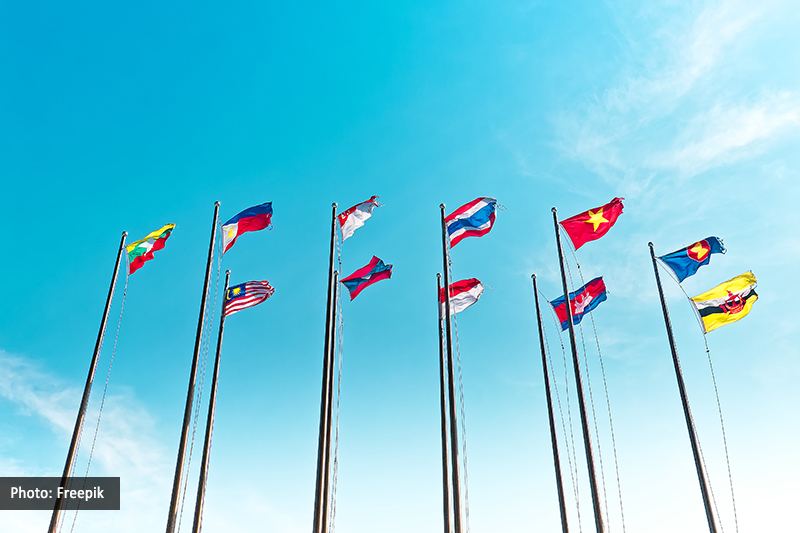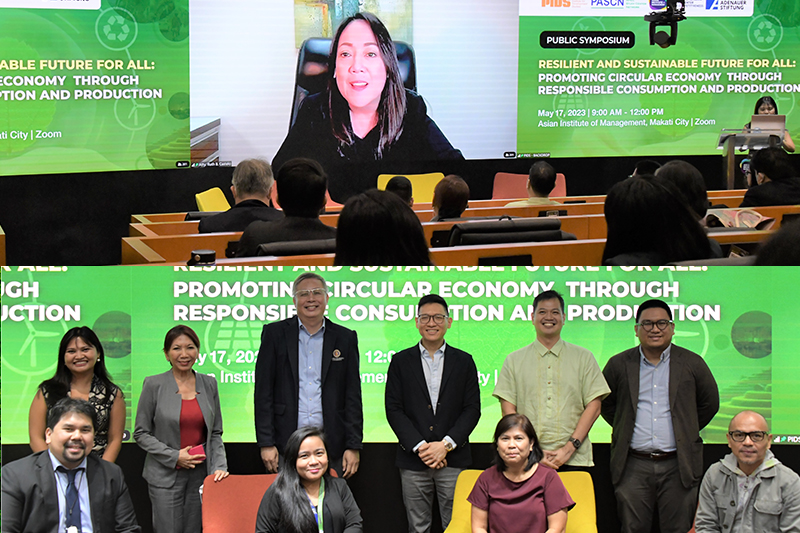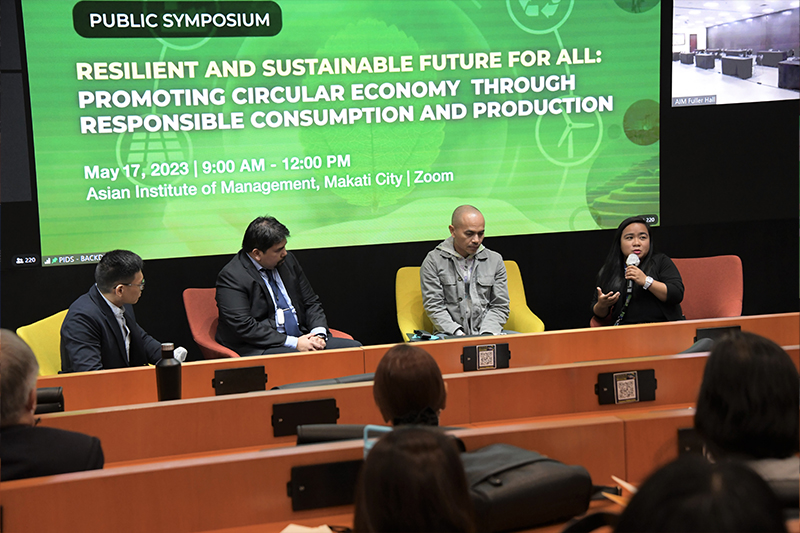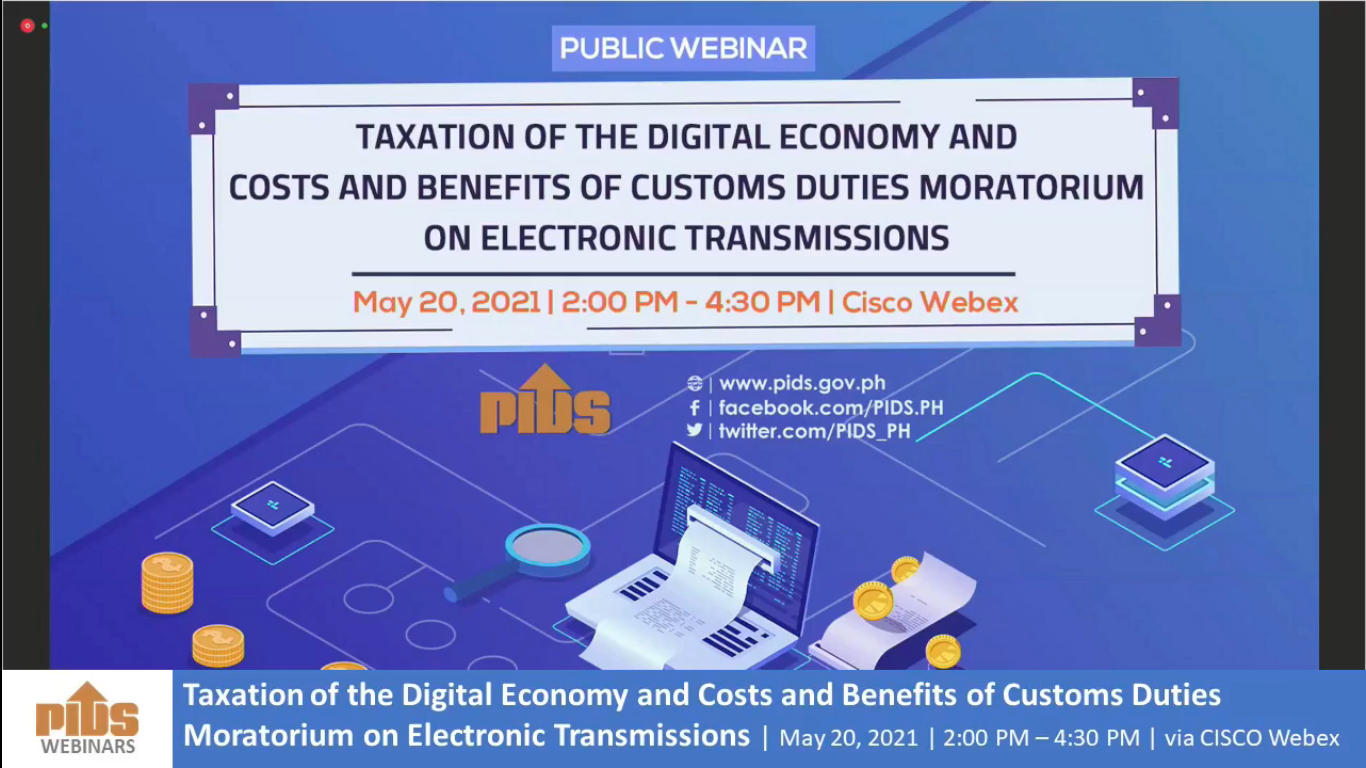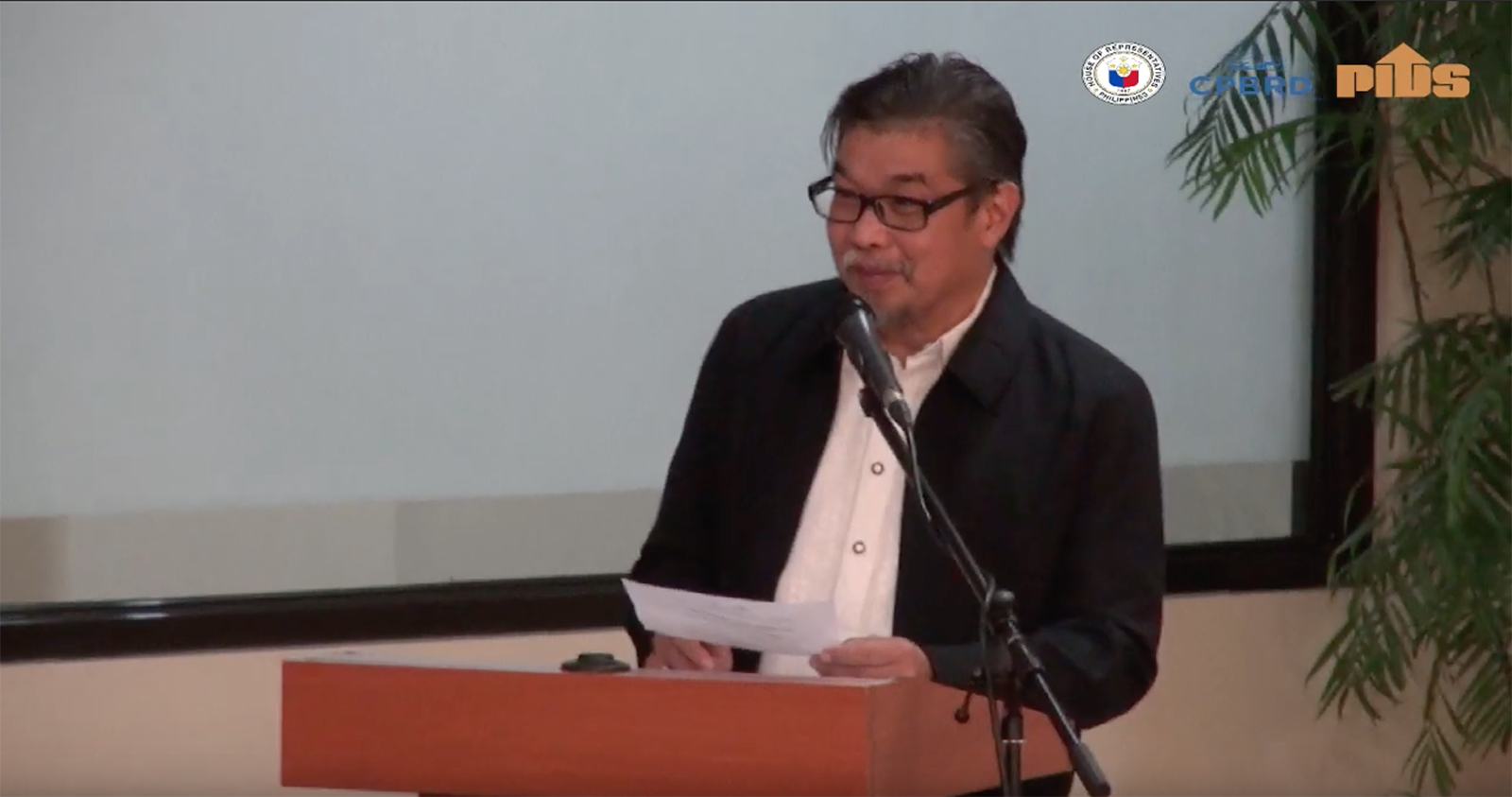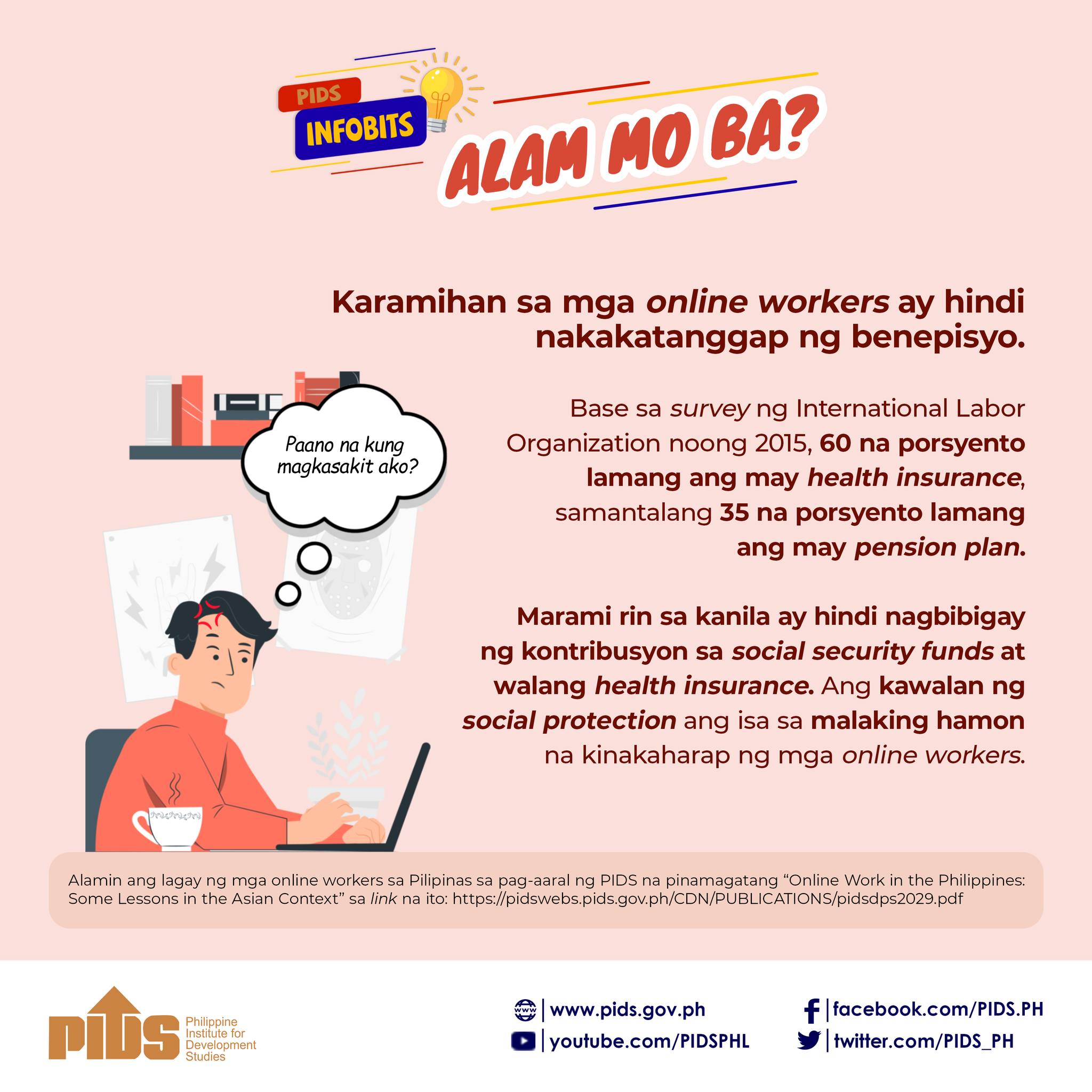The implementation of the rice tariffication law (RTL) has worsened poverty incidence in the country and will continue to do so until it reaches its peak and reverses its impact on poor farmers, according to the country’s premier think tank.
In a Philippine Institute for Development Studies (PIDS) research, senior researcher Roehlano Briones noted some of the adverse effects expected from the enactment of the RTL indeed materialized, foremost of which was putting a big dent on the livelihoods of domestic palay farmers.
Months after President Duterte signed the law in February 2019, farm-gate prices dropped and farmers suffered from wage cuts and stiff competition from importers.
“This study finds the shock to the rice economy ultimately causes an increase in income poverty across a variety of measures, geographic categories, and over time,” the research read.
Between 2019 and 2021, Briones estimated an increase in poverty incidence across all regions at an average of 0.56 points, particularly in rural areas where most households rely on palay production as a major source of income.
The highest impact is observed in the regions of Mimaropa (1.10), Western Visayas (0.78), and Central Visayas (0.90), while a minimal increase in poverty incidence is registered in major rice-producing provinces like Central Luzon (0.39).
This means farmers lose P2.48 billion in income annually.
The study said, however, poverty incidence should decline after the first three years of the law’s implementation as a significant drop in retail rice prices was to be expected.
This is especially significant for the poor who devotes a large share of their household spending on rice.
PIDS said rice accounts for a fifth of the household expenses of the poor versus the non-poor who only allocate about one-eighth of their spending for the staple.
PIDS added the policy was expected to eventually trim the annual poverty gap.
From P2.48 billion between 2019 and 2021, the annual poverty gap is expected to go down to about P500 million per year between 2025 and 2027. By 2028 up to 2030, this may even decline further to P134 million annually.
“The poverty impact tends to fade in the long run … the value of the income loss suffered by the poor is far below what the amount provided by law to address problems in the rice economy with tariffication,” the study said.
“The poverty gap in the six-year period (2025-2030) is P14.9 billion in total. This is the minimum amount of cash transfers needed to compensate the poor … due to tariffication. This amount is far below the P60 billion minimum allocated for the rice fund under [RTL],” the study added.
Under the law, an annual funding of P10 billion must be poured into the rice sector for the provision of seeds (P3 billion), credit (P1 billion), training (P1 billion), and farm equipment (P5 billion). The money would come from the levy imposed on imported rice, and anything in excess may be used for other related programs including the provision of cash transfers or insurance and funding of crop diversification programs.
The think tank thus stressed that the budget intended for the rice sector should be properly targeted. If spent judiciously, the funding “is more than enough to offset the impact of tariffication on income poverty.” INQ
Study: Toil in the fields will be long before tariffication benefits arrive




